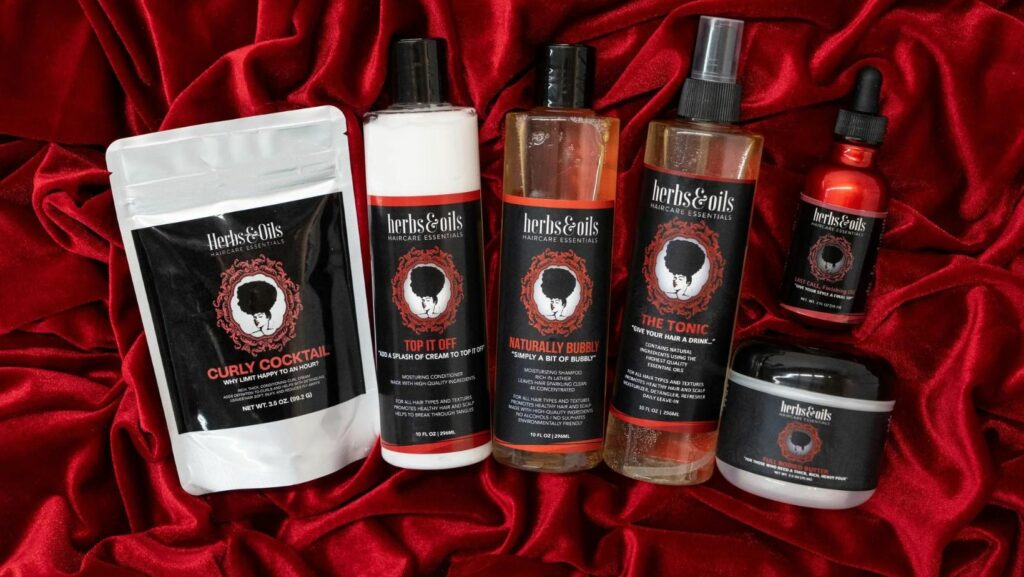Wavy Hair Care Routine
As someone deeply passionate about hair care, I understand the challenges that come with managing wavy hair care routine. The key to a successful routine lies in understanding the unique nature of wavy hair and tailoring your approach to suit its needs. Wavy hair care routine is known for its delicate balance between straight and curly, requiring specific care to enhance its natural texture while keeping frizz at bay.

When it comes to a WAVY HAIR CARE ROUTINE, consistency is key. Finding the right balance of moisture and styling products can make all the difference in achieving those coveted soft waves. From choosing the correct shampoo and conditioner to incorporating masks or oils for hydration, each step plays a crucial role in maintaining healthy and defined waves.
In this article, I’ll delve into the essential steps of a proper WAVY HAIR CARE ROUTINE, discussing tips on washing, conditioning, styling, and protecting your waves from heat damage. By following these guidelines tailored specifically for wavy hair types, you can embrace and enhance your natural texture with confidence.
Understanding Wavy Hair Types
When it comes to wavy hair, understanding the different types can help tailor your hair care routine to suit your specific needs. Wavy hair is categorized into three main types: Type 2A, Type 2B, and Type 2C. Each type has its own characteristics and requires unique care to maintain its natural beauty.

Types of Wavy Hair:
- Type 2A: This type features loose, S-shaped waves that are closer to straight hair but still have a slight bend. It tends to be fine in texture and has a tendency to become oily at the roots while remaining dry at the ends.
- Type 2B: With more defined waves that form a gentle ‘S’ pattern, Type 2B wavy hair is thicker and has a bit more volume compared to Type 2A. It may be prone to frizz, especially in humid conditions.
- Type 2C: The most defined wavy hair type, Type 2C consists of thick waves that often border on curly. These waves are more pronounced and can range from loose loops to tighter curls. This type may require extra moisture to prevent dryness and frizz.
Understanding your wavy hair type is crucial for selecting the right products and styling techniques that will enhance your natural wave pattern without weighing it down or causing excessive frizz.
As you delve deeper into caring for your wavy locks, identifying which category your hair falls into will guide you in choosing suitable shampoos, conditioners, styling creams, and gels tailored for optimal wave definition and manageability.
By recognizing the unique characteristics of each wavy hair type — whether it’s softer waves of Type 2A or more defined curls of Type 2C — you’ll be better equipped to embrace your natural texture with confidence and ensure that your locks look their best every day.
Essential Elements of a Wavy Hair Care Routine
When it comes to caring for wavy hair, there are several essential elements that can help maintain those gorgeous waves. Here are key components to consider:

Hydration is Key
- Moisturizing Shampoo and Conditioner: Opt for products specifically designed to hydrate wavy hair.
- Deep Conditioning Treatments: Treat your locks to deep conditioning sessions regularly.
Gentle Handling
- Wide-Tooth Comb or Fingers: Use these instead of brushes to detangle gently.
- Avoid Overwashing: Washing too frequently can strip natural oils, leading to frizz.
Styling Techniques
- Scrunching Method: Enhance your waves by scrunching in styling products when damp.
- Diffusing or Air-Drying: Choose a method that works best for your hair texture.
Protective Measures
- Heat Protection Products: Shield your hair from heat damage when using styling tools.
- Silk or Satin Pillowcases: Reduce friction while sleeping to prevent frizz and breakage.
Regular Trims
- Trim Every 6-8 Weeks: Keep split ends at bay and maintain healthy-looking waves.
Taking the time to incorporate these elements into your wavy hair care routine can make a noticeable difference in the overall health and appearance of your locks. Tailor these tips to suit your unique hair needs for optimal results.

